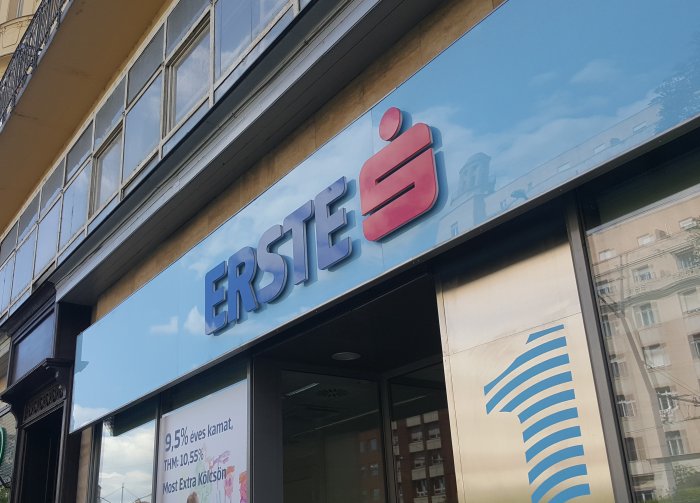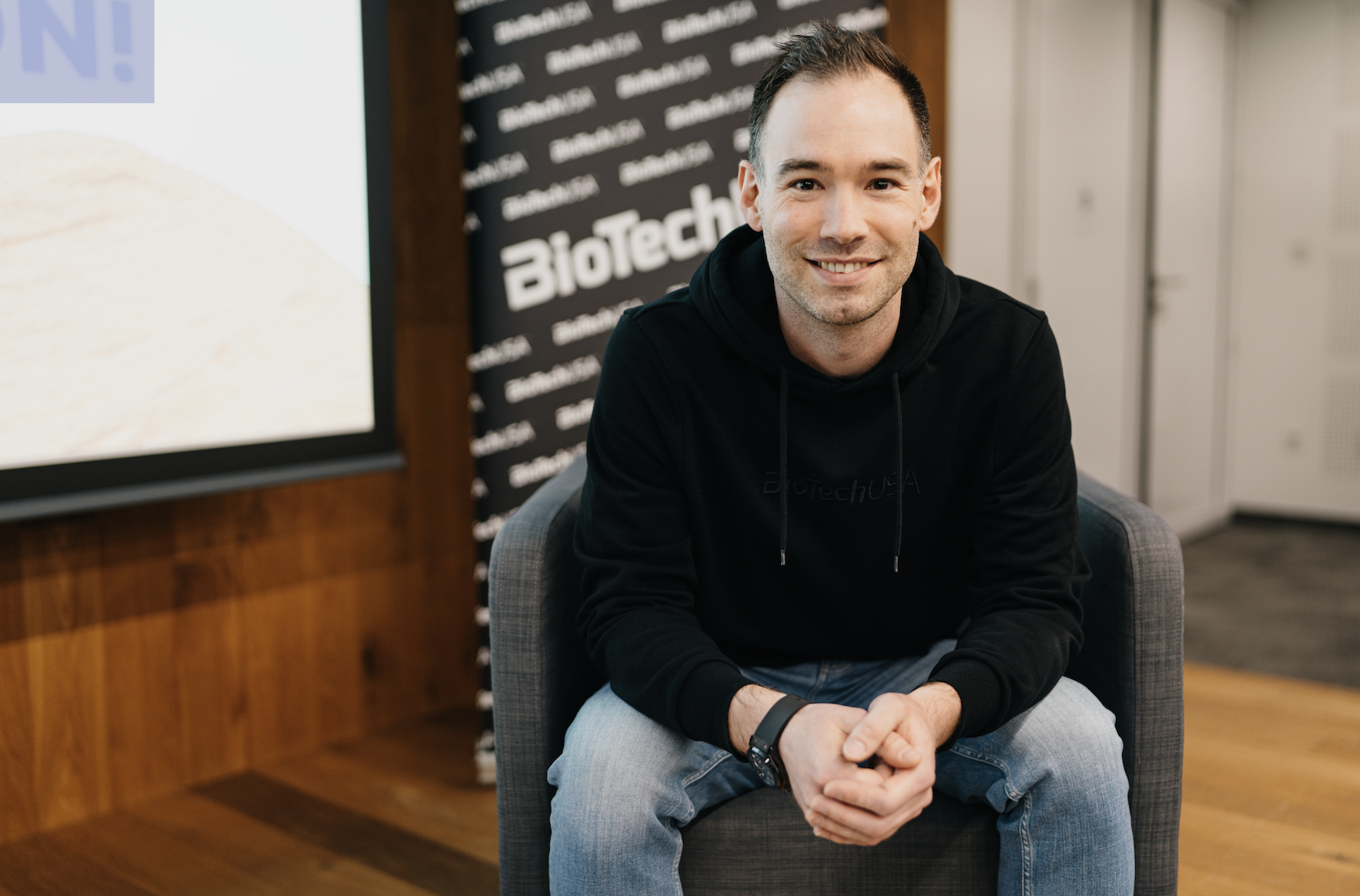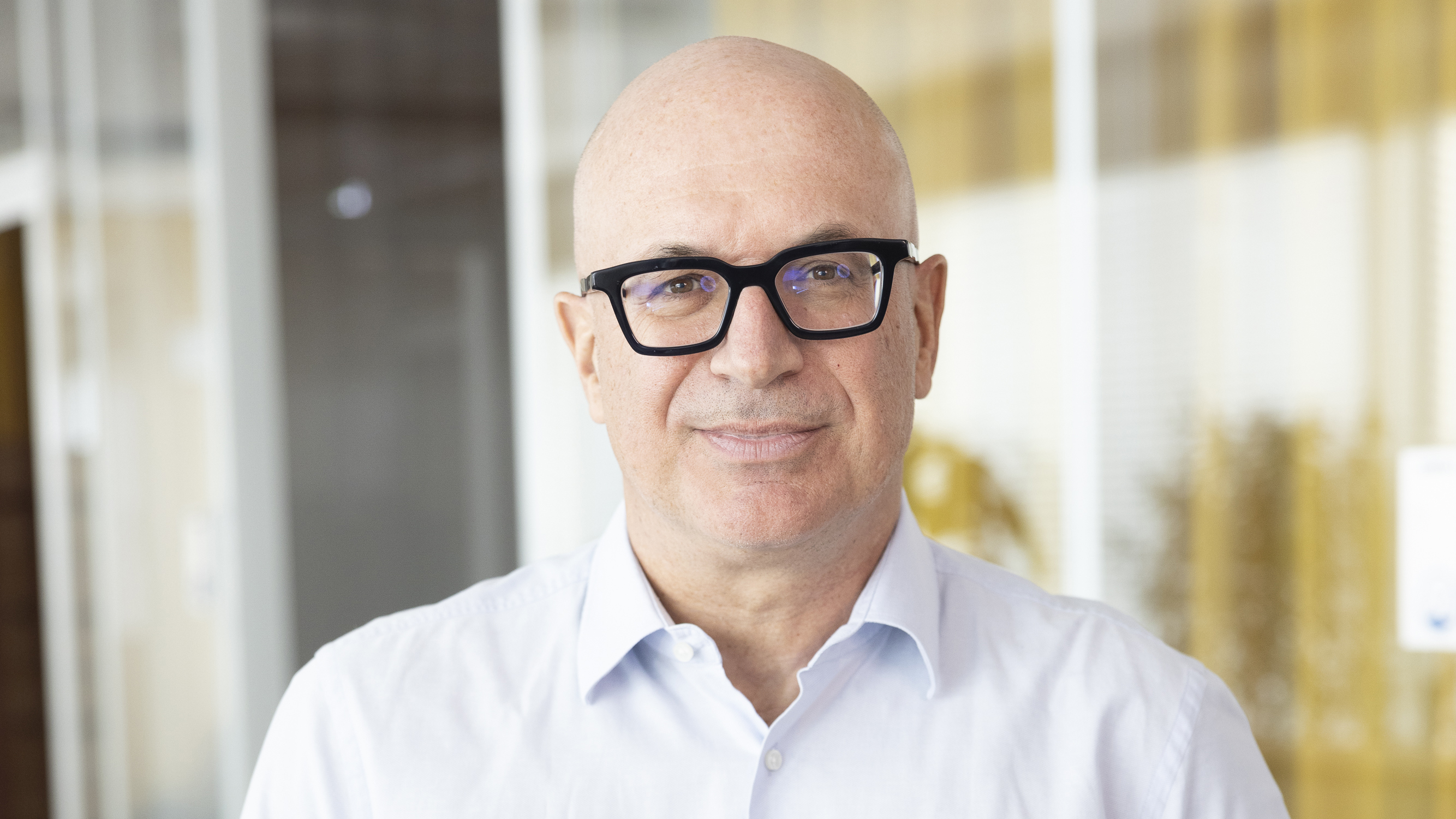Novartis Hones its Innovation Focus in Hungary

Matt Zeller, Novartis country president Europe central cluster and country president Hungary.
Novartis can traces its roots back more than 250 years, with a rich history of developing innovative products. From beginnings in the production of synthetic fabric dyes (even the red paint for Ferrari), the companies that eventually became Novartis branched out into producing chemicals and ultimately pharmaceuticals. In October, it announced the spin-off of Sandoz to allow Novartis to become a “pure play” innovative medicines company. Country president Europe central cluster and country president Hungary Matt Zeller tells the Budapest Business Journal what the move means locally.
BBJ: This certainly seems a busy period for Novartis. Let’s start with the most recent news, the Oct. 4 spin-off of Sandoz to leave Novartis as a fully focused medicine company. What does this mean in practice, and does it directly affect Hungary?
Matt Zeller: This spin-off of Sandoz is the last step of a lot of the actions we’ve taken over the last five years to now say, “We are a company that is now completely focused on bringing innovative medicines to the world.” It means we can focus on what we think we’re best at, unlocking improved business performance for the most exciting parts of science and impacting human health. We are the number one pharmaceutical company in Hungary. For us to be able to say we know where our value will be, that means we can narrow our focus in terms of the stakeholders we’re working with and where across the ecosystem we think we can make the most significant impact for the country moving forward.
BBJ: So, from a purely business point of view, you are simplifying the structure, the focus and the day-to-day activities.
MZ: Exactly. Throughout our history, we’ve been a part of so many different things. We were in chemical dyes, then manufacturing; we even did the paint for the Ferrari car 50 years ago! Operating in all these aspects and all these different types of technologies takes a bit of the focus away, if you will. It’s just hard to do so many things well. We’ve been very intentional, both with Wall Street and the broader ecosystem to say there are now four therapeutic areas we focus on where we think we can make the biggest impact: cardiovascular, immunology, neuroscience, and oncology. And then what we’ve called the two by three; so, two primary product types, chemistry and biotherapeutics, and three platforms: what we’re calling xRNA, radioligand therapy, and gene and cell therapy. Just being able to say that with confidence and say our pipeline, our portfolio, our research, our efforts, and our people are all locked on this target is really exciting for us. I think it’s going to allow us to have a much more significant impact in those areas.

From left, university rector Professor Béla Merkely and Matt Zeller at the opening ceremony of Semmelweis University's certified ophthalmic gene therapy center in July 2022
BBJ: Since 2022, Novartis has had a ground-breaking agreement with Semmelweis University built around gene therapy, cardiovascular disease, and the use of AI in clinical research. What has been the progress here?
MZ: Before we get into the details, I think it’s important to give some context on the impact of disease on healthcare. I’ve been in Hungary for about three and a half years; part of the reason I feel so strongly is that this is a real problem. From an outcomes perspective, life expectancy in Hungary is about five years less than the EU average, and the disease burden here is much higher. If you think about the state of healthcare in Hungary, there are many talented people trying absolutely as hard as they possibly can. But some structural and other elements need to be addressed for Hungary to be able to make real progress. One of the areas we focus on is that access to medications is not as high, especially for innovative medicines, but also in a few specific areas. Cardiovascular disease affects about one in five Hungarians, heart disease and stroke are responsible for about one-in-three deaths in Hungary, and roughly 20% of the overall spend is cardiovascular; in real numbers this is greater than 70,000 new cancer cases a year and greater than 70,000 heart attacks per year. On top of all that, COVID created a massive challenge to an already stretched health system. Much of our thinking was around how Novartis can work with everybody, whether that’s the health system, the government ecosystem, stakeholders, and patients. That’s the context and why we were so excited about announcing this partnership between Novartis, the Ministry of Innovation, and Semmelweis University. It represents a new way to approach this question of how can we all work together to make incremental gains in the short-, medium- and long-term for Hungary?
Moving to the details of the partnership, Semmelweis is one of the only institutions in the region that has access to two Novartis gene therapies, one for spinal muscular atrophy for babies and one for inherited retinal diseases. Today, we are at double digits in terms of treatments given by Semmelweis on those two therapies combined, which is just remarkable. Babies that are born with SMA are missing a copy of a gene, so they do not develop as they would if they had it. Novartis fixes this genetic abnormality to allow these babies to develop and hopefully lead a normal life. It’s truly science fiction! The fact that we now have double digits of families treated means not just that we are bringing breakthrough innovation to Hungary, it is most important for every single baby and their families.
But it’s not just the therapy; it’s about how we work with all the stakeholders to ensure that any newborn born in Hungary is screened for genetic abnormalities. We’ve been working hard on implementing a newborn screening program. Hundreds and hundreds of babies have been screened, and that is helping to find those abnormalities earlier and make it a part of the routine processes in Hungary. And it’s the same thing for inherited retinal diseases. So now we’ve had hundreds of patients screened by Semmelweis, which is trying to understand one, if they have any of these genetic abnormalities and, two, how to treat those whether it’s a Novartis therapy or not. From a gene therapy perspective, it’s excellent progress: patients are being treated, new screening programs are in place, and we’re delighted with the progress.
The next piece of the partnership is centered on cardiovascular disease. The scale of the problem here in Hungary is so massive. What we wanted to do was not just say, “Let’s get another drug” because the impact would be limited. We wanted to see how we could approach the problem differently, together with Semmelweis Rector Professor Béla Merkely, who’s been leading the charge against cardiovascular disease and, frankly, COVID and beyond in Hungary. A lot of our discussions were about how we could, over the course of this partnership, figure out what interventions will have the biggest impact on cardiovascular disease here in Hungary.
Professor Merkely is a visionary leader, and he is so dedicated to advancing CV care in Hungary, we talked about setting up Semmelweis as a lipid management center of excellence. We already have more than 10 CV ongoing or completed clinical studies and engage in a wide range of research, but Semmelweis also launched a new clinical study using this lipid center of excellence model. And the other bit is around data analysis. Sitting on this mountain of data in Hungary, the idea was to mine the data, and figure out what the burden of disease for cardiovascular is in Hungary? So, we’ll talk about LDL-C, which is bad cholesterol, and a highly modifiable risk factor, along with diet and exercise, for CV disease. We can ask question like what is the LDL-C cholesterol burden for different types of patient subgroups in Hungary? Or the cardiovascular events? Where are they getting lost in the system? How are they being treated? We have so much data here in Hungary, together with Professor Merkely’s team, we wanted to see how we can go backward and then, much more importantly, how we go forward with all this great data from the research we’re doing together.
Because we now have this innovative set-up, the idea is that we can also pick and choose different things to try. We want not just to model what we think the impact will be but also to make adjustments in real-time to build a feedback loop, with the intention being that we can combine all this great data with artificial intelligence and machine learning. With the outcome optimally being fresh insights and fresh answers based on real data to the question of what interventions will make the biggest impact on CV disease in Hungary and then be able to scale those across the country and beyond.
Patients are being treated already. Whether it’s on a Novartis therapy or not is irrelevant. Patients are getting treated in new ways, and this partnership is trying to impact the lives of, we hope, at least 25,000 Hungarians over the next few years and help them better manage their cardiovascular disease. Ultimately, that’s our only value metric here: how can we help patients avoid heart attack, stroke and death? And then the other thing is tactical, tangible tools. We hope to launch clinical software tools in the months ahead to help the physicians in the room, whether that’s in Semmelweis or elsewhere in Hungary, make better decisions and help them build better patient pathways for Hungarians as they’re entering the system.
BBJ: What is next for Novartis in Hungary?
MZ: We have a couple of exciting things coming up that I want to share. One is that I expect to see even more progress from continued efforts around population health with the Semmelweis project, as well as others. We’re also launching what we are calling multi-municipality screening programs. The government has announced that it plans to adopt a 10-year national health plan. Much of the focus is on prevention and the importance of healthcare screening programs. We have also been working on this and have announced cardiovascular screening programs in Székesfehérvár, Győr, and Szeged, where we’re helping educate patients on the ground, screening for high-risk factors, getting them access to the system. To start, our target is several thousand patients screened before the end of the year at these three municipalities.”
The other thing that I wanted to talk about is the EU Council presidency, which I think will be a crucial aspect of what’s coming up in the months to come and Hungary’s role in 2024 shaping the evolving healthcare legislation. In terms of setting the EU up to be competitive and provide access to breakthrough medications these are big moments approaching. We’ve been working very hard and in collaboration with various government ministries, including Deputy State Secretary Judit Bidló, who has been tirelessly working to improve the healthcare model in Hungary, and István Joó from the Hungarian Investment Promotion Agency to say, “How do we get these new breakthrough innovations onto the Hungarian market in an economically sustainable way for the patients who need them the most?” Because, as I said, it means nothing if our breakthrough, next-generation technology innovations don’t get to the patients who need them.
One final thing. Breast cancer continues to be such a giant problem here in Hungary. And this will be a focus area for Novartis as well to say, “How can we help work across the ecosystem to help make progress?”
From a screening perspective, but also to help make sure patients and their families get access to the newest therapies. We want to help identify the disease earlier, get Hungarian women access to the medications, and then, hopefully, continue to contribute and be part of the solution. We have therapies on the market for breast cancer, but this is a key focus area where Novartis expects to play a leadership role in the treatment of breast cancer moving forward. This is an area where, along with cardiovascular disease and some of the newer technologies, we think Novartis can really help Hungarian patients and the broader Hungarian ecosystem take a step forward.
For more about the investments Novartis is making in Hungarian healthcare, see our upcoming Investing in Hungary publication.
This article was first published in the Budapest Business Journal print issue of November 3, 2023.
SUPPORT THE BUDAPEST BUSINESS JOURNAL
Producing journalism that is worthy of the name is a costly business. For 27 years, the publishers, editors and reporters of the Budapest Business Journal have striven to bring you business news that works, information that you can trust, that is factual, accurate and presented without fear or favor.
Newspaper organizations across the globe have struggled to find a business model that allows them to continue to excel, without compromising their ability to perform. Most recently, some have experimented with the idea of involving their most important stakeholders, their readers.
We would like to offer that same opportunity to our readers. We would like to invite you to help us deliver the quality business journalism you require. Hit our Support the BBJ button and you can choose the how much and how often you send us your contributions.










